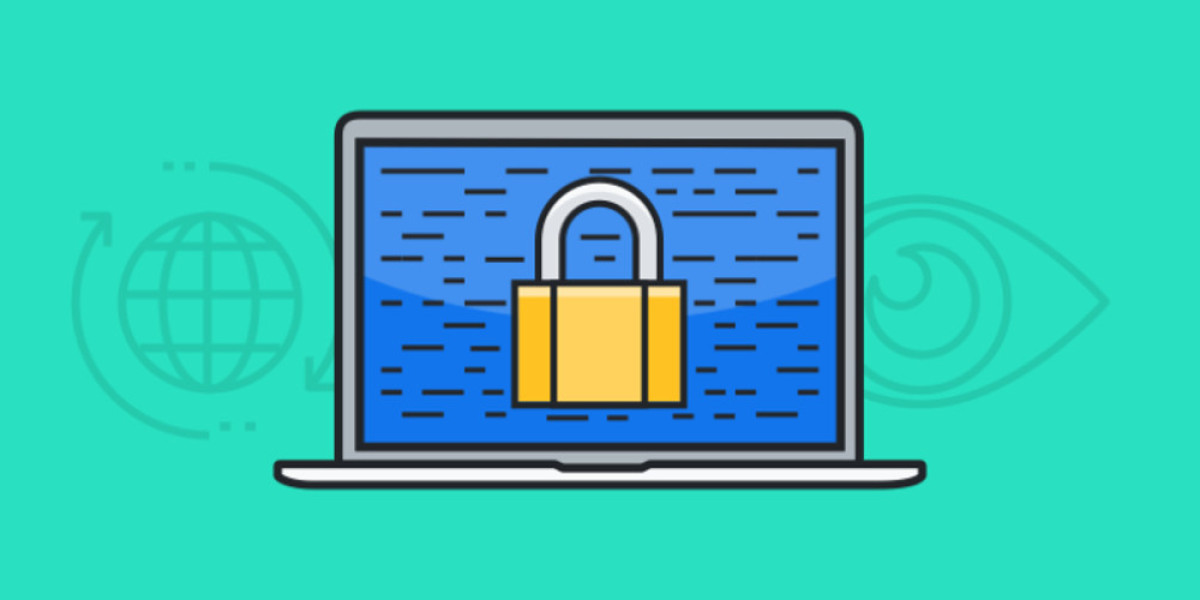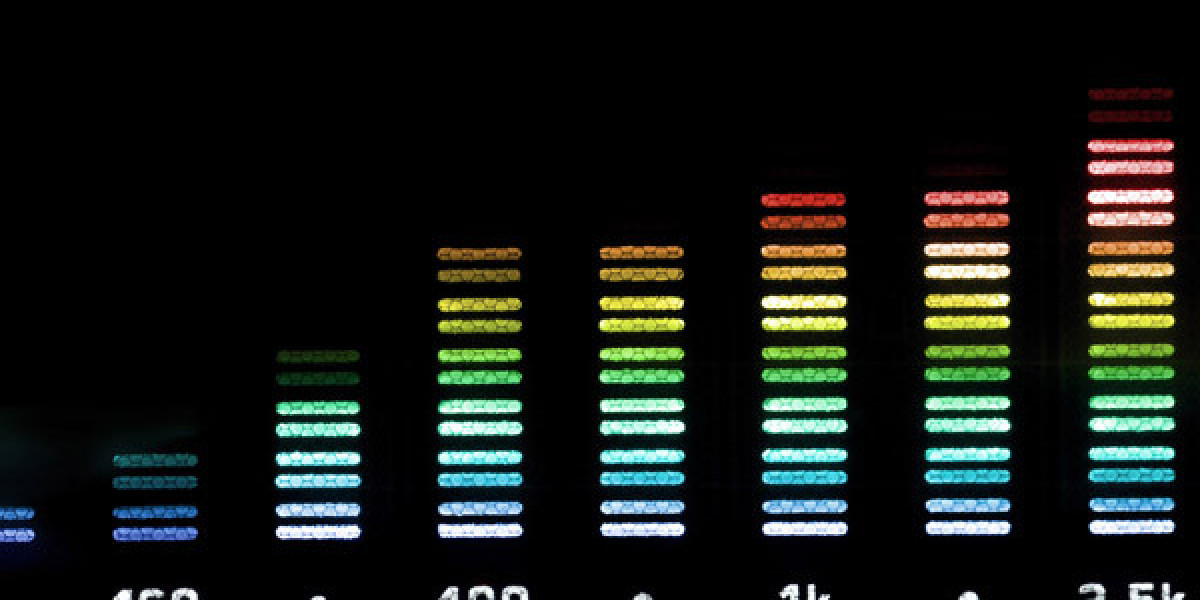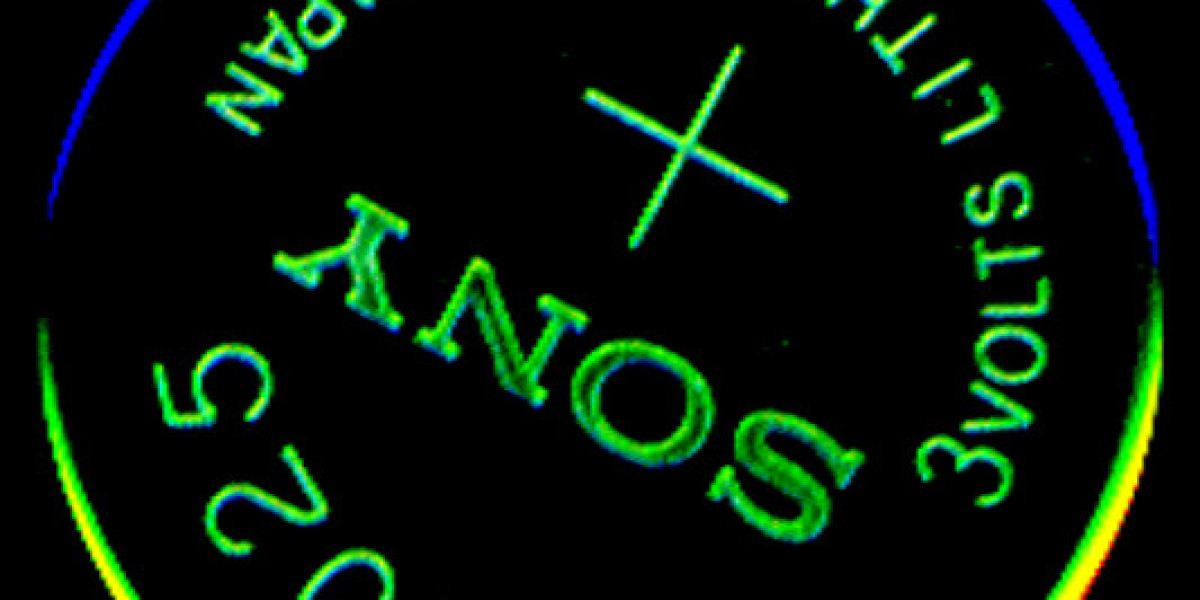Best Dianabol Dbol Pills 2025: For Sale, Dianabol Cycle And Dosage?
**⚡️ Testosterone Replacement Therapy (TRT) – Quick‑Start Guide**
*(For a 30‑year‑old male with low testosterone symptoms)*
---
### 1️⃣ What is TRT?
- **Goal:** Restore testosterone to normal range (~300–1000 ng/dL).
- **Why it matters:** Improves energy, mood, libido, muscle mass & bone health.
---
### 2️⃣ Typical Options (all available in pharmacies)
| Form | Typical Dose | Frequency | Notes |
|------|--------------|-----------|-------|
| **Injectable** (Testosterone cypionate/enanthate) | 50–100 mg IM | Every 1–2 weeks | Quick start, may need a loading phase. |
| **Nasal Spray** (Testosterone nasal gel) | 4 mL (≈200 µg/test) | Twice daily | Works quickly; good for short‑term. |
| **Oral** (Testosterone undecanoate tablets) | 400–800 mg PO | Every 2–3 days (alternating days) | Requires fasting, watch for GI upset. |
> **Note:** The "loading dose" is typically a higher initial dose (e.g., 150–200 mg) given on the first day or two to rapidly elevate testosterone levels before tapering to maintenance doses.
### 2. Monitoring and Titration
| Parameter | Normal Range | Frequency | Target |
|-----------|--------------|-----------|--------|
| Serum Testosterone (free/total) | 10–30 ng/mL (adult) | Baseline, 1 week, then monthly | 15–25 ng/mL |
| Hemoglobin/Hematocrit | Hct 35–45% | Baseline, 2 weeks, then monthly | 35–45% |
| PSA (if applicable) | <4 ng/mL | Baseline, 3 months, then annually | <4 ng/mL |
| Liver Function Tests | ALT/AST ≤40 U/L | Baseline, 3 months, then annually | ≤40 U/L |
| Kidney Function | BUN/Cr normal | Baseline, 6 months, then annually | Normal |
**Clinical Monitoring and Decision Rules**
| Trigger | Action |
|---------|--------|
| Hct >45% or rise of >5% in <2 weeks | Reduce dose by 25 % (or hold if >50%). Re‑evaluate after 1 week. |
| ALT/AST >3× ULN or bilirubin >2× ULN | Hold treatment; monitor LFTs q3 days. Resume when <1.5× ULN with dose reduction. |
| Persistent fatigue, weight loss, or abdominal pain | Evaluate for hepatotoxicity; consider imaging if indicated. |
| New neurological symptoms (e.g., headache, visual changes) | Consider CNS toxicity; obtain MRI and neuro‑consult. |
| Infections (fever >38 °C, unexplained chills) | Screen for sepsis; treat per ID protocol; hold drug until recovery. |
---
## 3. Monitoring Schedule & Laboratory Panels
| Day / Time Point | Assessment | Lab/Imaging |
|------------------|------------|-------------|
| **Day 0 (Baseline)** | Full history, physical exam, vitals | CBC with diff, CMP (incl. LFTs), CRP/ESR, PT/aPTT, INR, fibrinogen, D‑dimer, coagulation screen; Viral hepatitis panel; HIV if indicated |
| **Day 1–3** | Monitor vitals, mental status, rash evolution, signs of sepsis | Repeat CBC/CMP every 24 h; CRP daily; Coagulation parameters every other day |
| **Day 4–7** | Assess for improvement or progression (organ dysfunction) | Daily CBC/CMP/CRP; LFTs twice weekly; coagulation tests every 48 h |
| **Post‑Day 7** | If stable, transition to oral therapy and outpatient follow‑up | Final labs before discharge: CBC, CMP, LFTs, CRP, ESR |
All laboratory monitoring should be interpreted in the context of clinical findings. Rapid changes or new organ dysfunction warrant immediate reassessment.
---
### 4. Follow‑Up Plan & Monitoring
| Time Point | Clinical Assessment | Investigations | Actions |
|------------|---------------------|----------------|---------|
| **Week 1** (post‑discharge) | Review symptoms, adherence to oral regimen, side‑effects | CBC, CMP, LFTs, CRP | Continue therapy; adjust dose if necessary. |
| **Month 3** | Evaluate symptom resolution, weight, growth | CBC, CMP, LFTs, ESR/CRP (if indicated) | Consider tapering or stopping therapy if asymptomatic and labs normal. |
| **Months 6–12** | Monitor for recurrence of symptoms, new organ involvement | CBC, CMP, LFTs periodically; imaging if needed | If relapse occurs, re‑initiate treatment. |
### Monitoring Plan Summary
| Time Point | Clinical Assessment | Lab Tests | Imaging/Other |
|------------|---------------------|-----------|---------------|
| Baseline | Full history, physical exam, growth metrics | CBC, CMP, ESR/CRP, IgG subclass, ANA, RF, C3/C4 | None unless indicated |
| 2–4 weeks after starting therapy | Symptom improvement, https://git.konsulterna.nu/ vitals, weight gain | Repeat CBC & CMP (monitor for cytopenias or transaminases) | None |
| 6–8 weeks after starting therapy | Re‑evaluate symptoms, growth trend | ESR/CRP, CBC & CMP if needed | None |
| Every 3 months thereafter | Ongoing monitoring of symptoms and growth | CBC & CMP if clinically indicated | None |
**When to seek immediate medical attention:**
- Persistent or worsening abdominal pain.
- Unexplained fever (>38°C).
- Signs of anemia (pallor, dyspnea) or thrombocytopenia (easy bruising, petechiae).
- New onset jaundice or dark urine.
---
## 3️⃣ Practical Tips for Parents
| **Challenge** | **How to Manage at Home** |
|---------------|---------------------------|
| **Frequent abdominal pain** | Keep a simple diary:
• Note time of day, duration, severity (0‑10), and any triggers.
• Share this with your child’s doctor; patterns help in diagnosis. |
| **Uncertain diagnosis** | Understand that "suspected" does not equal "definitive."
• Ask the doctor for next steps: tests, specialist referral, or watchful waiting.
• Stay involved in decision‑making – ask about risks/benefits of each option. |
| **Managing stress** | Children with chronic pain often feel anxious.
• Use coping tools (deep breathing, guided imagery).
• Encourage play and social activities; maintain routine school work when possible. |
| **Medication concerns** | If a drug is prescribed: confirm dosage, side‑effects, and why it’s needed.
• Discuss whether the medication will help with pain or underlying cause.
• Monitor for adverse effects – keep a symptom diary. |
| **When to seek urgent care** | Any new symptoms (fever, severe swelling, sudden weakness) warrant immediate evaluation. |
### 3.4 Follow‑Up and Monitoring
- **Regular appointments:** Initially every few weeks; adjust as symptoms improve or stabilize.
- **Re‑examination:** Check for changes in tenderness, swelling, range of motion.
- **Imaging updates:** Repeat ultrasound if pain recurs or new swelling appears.
---
## 4. Practical Tips for Parents and Caregivers
| Situation | Suggested Action |
|-----------|------------------|
| Child experiences sudden swelling after a fall | Keep the limb elevated; apply a cold pack wrapped in cloth; avoid heat or massage until doctor clears it. |
| Swelling persists beyond 24‑48 h or worsens | Call your pediatrician promptly; do not wait for weekend. |
| Child’s pain is severe, especially with movement or at rest | Do not give over‑the‑counter analgesics without a doctor's recommendation; contact the doctor. |
| You are unsure whether to seek urgent care | If you cannot reach your pediatrician and the child shows any of the red‑flag symptoms (fever, rapid breathing, inability to move limb), go to the nearest emergency department. |
---
## Summary
- **Most post‑surgery swelling** is benign and resolves with rest, ice, elevation, compression and time.
- **When to seek urgent care:** fever, fast heart rate or breathing, severe pain, inability to use the arm, sudden changes in color or temperature, vomiting, or if you cannot reach your pediatrician within 24 h.
- **If you cannot get a call back** from your pediatrician and the child is exhibiting any red‑flag signs, head straight to an emergency department.
- **Otherwise**, arrange for an appointment with your surgeon or primary care provider within the next few days.
With these guidelines, you can keep track of your child's recovery while knowing exactly when professional help is needed. If you have any doubts about a specific symptom, it's safest to err on the side of caution and seek medical evaluation.







